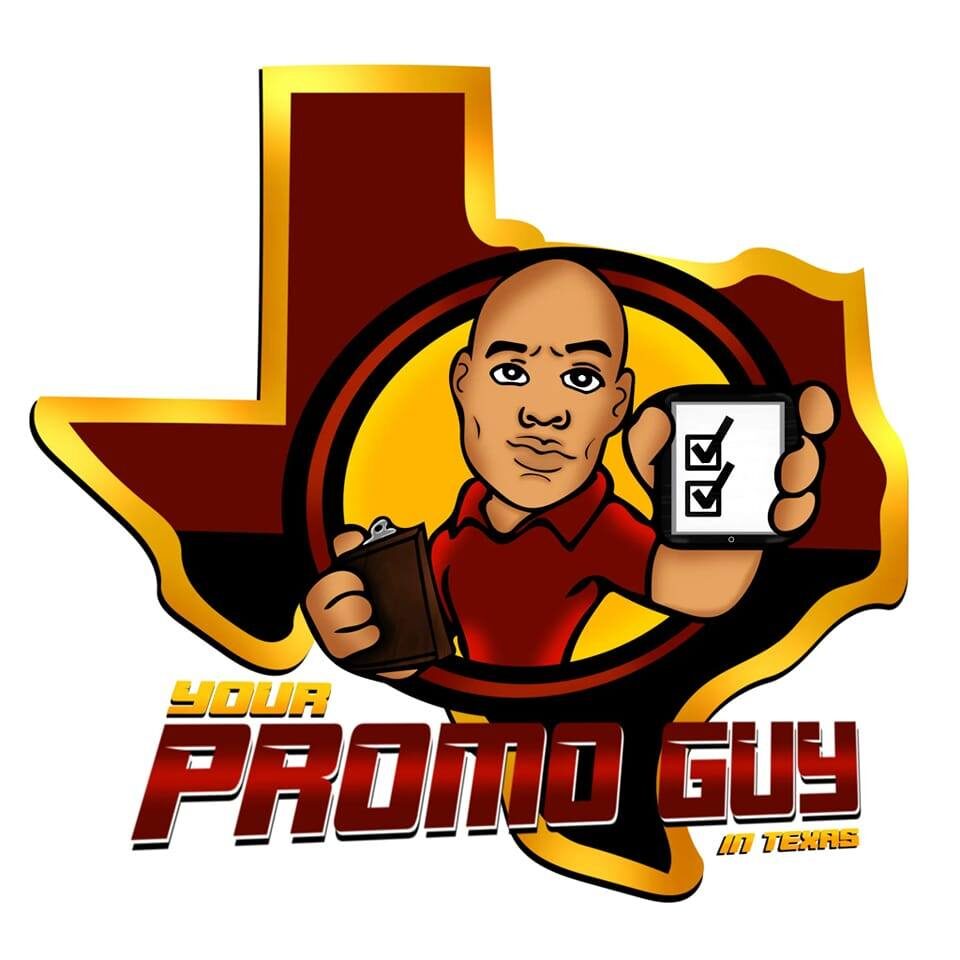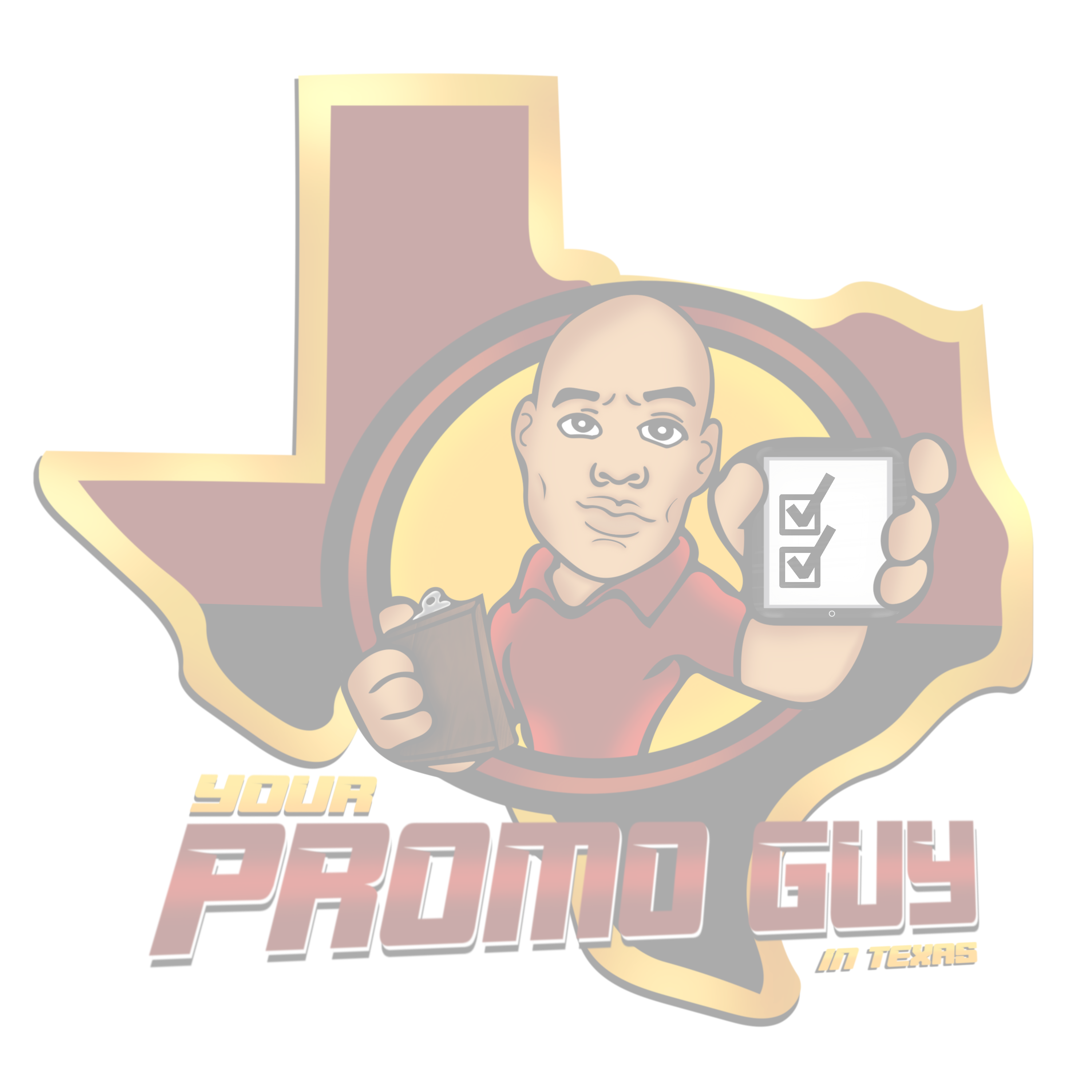The formula for ecommerce growth seems simple: Get more customers. Sell more items. Earn more profit. Repeat.
It’s an approach that industry giants have nearly perfected. Amazon’s Jeff Bezos used this concept to develop a growth strategy, intertwining customer experience, traffic, and massive selection into a self-reinforcing cycle.
Bezos’ virtual cycle — akin to a flywheel — showcased how structured repetition can lead to enormous success. And that flywheel is a pattern businesses can tap into, refining and repeating processes to scale up consistently.
What’s more, not every flywheel has to be about growth. A company can have many flywheels spinning at various levels of the business.
The Flywheel Concept
The flywheel has its roots in mechanical engineering, where a heavy rotating disc stores and releases energy. In the business context, the term describes a strategy where inputs, over time, lead to amplified outcomes.

The initial flywheel effort might not produce much, but momentum builds, and soon the flywheel spins effortlessly.
In his book “Good to Great,” Jim Collins introduced this metaphor for sustained business success. The initial effort put into a flywheel returns sparse results. But momentum gathers with persistence. Each turn of the wheel becomes both easier and more impactful.
A flywheel is about accelerating growth, departing from the traditional business funnel focusing on linear processes. Each flywheel effort feeds into the next stage, creating a positive feedback loop that fosters consistent progress.
Businesses operate multiple flywheels, from company-wide tactics to niche components such as advertising or customer experience. Each has its inputs and momentum-builders, but the underlying principle remains the same.
Understanding and harnessing the power of these flywheels can be the difference between an average business and one that thrives.
Flywheel in Action
Consider an ecommerce advertising flywheel created to achieve a 3:1 return on ad spend within 180 days after an initial purchase.
Targeted advertising
- Action. Target ads at specific demographic or psychographic audiences, optimizing for conversions.
- KPIs. Measure click rate, cost per click, and conversion rate.
- Momentum builder. Refine the audience targeting with each (or nearly each) rotation. The ads become more effective as you understand which audiences convert.
Optimized landing and checkout experiences
- Action. Streamline conversions from the ads’ landing page to the final purchase, minimizing friction at each step.
- KPIs. Bounce rate, average session duration, and cart abandonment rate.
- Momentum builder. Continuous optimization leads to higher conversion rates, driving revenue.
Post-purchase engagement
- Action. Connect with customers via emails, text messaging, or retargeting ads to promote related products or gather feedback.
- KPIs. Open rate, click rate, and repeat purchase rate.
- Momentum builder. Engaged customers often are repeat buyers. Their feedback can improve products and processes.
Reorder incentives
- Action. Offer deals or discounts to encourage repeat purchases or subscription signups.
- KPIs. Customer lifetime value and repeat purchase rate.
- Momentum builder. Increased reorder rates boost customers’ overall value, leading to more stable revenue.
Feedback and referral campaigns
- Action. Encourage customers to leave reviews and refer friends, perhaps with incentives.
- KPIs. Net promoter score and referral conversion rate.
- Momentum Builder. Positive reviews and word-of-mouth referrals attract new customers at little to no acquisition cost. This puts folks in the flywheel without an ad, which is no problem — flywheels don’t have to be linear.
Retargeting non-converters
- Action. Run targeted campaigns for folks who visited but didn’t purchase.
- KPIs. Retargeting conversion rate.
- Momentum builder. Converting even a fraction of these visitors leads to significant revenue, making advertising more efficient over time. And it doesn’t matter that some shoppers arrive at a different spot in the cycle.
A good ecommerce marketer might have done these steps regardless. But connecting them sets in motion a dynamic flywheel.
Each stage’s outcomes feed the next, fostering rhythmic, increasing growth.
Building Flywheels
How do ecommerce businesses craft flywheels that turn and gather momentum with each rotation?
- Identify core drivers. Pinpoint what drives success or solves the problem. If it is a return policy flywheel, determine what reduces product returns.
- Map the cycle. Visualize how one positive outcome can lead to another in a given flywheel.
- Integrate information loops. Successful flywheels run on facts, not assumptions. Ensure there’s a system in place to gather feedback and collect data — from customers, analytics, and internal teams. This info refines and accelerates the virtuous cycle.
- Iterate relentlessly. The first version of the flywheel won’t be perfect. The idea is to refine continuously. Tweak and adapt as the market shifts, customer preferences evolve, and challenges arise.
- Invest in sustained effort. Early results might be minimal, but sustained effort ensures momentum over time.
- Educate your team. A flywheel is a mindset, not a strategy. Ensure all team members understand its significance and their role. The flywheel moves faster when all participants push in the same direction.
As ecommerce becomes increasingly competitive, the need for growth strategies becomes paramount. Flywheels offer a path, where each success propels the next.














